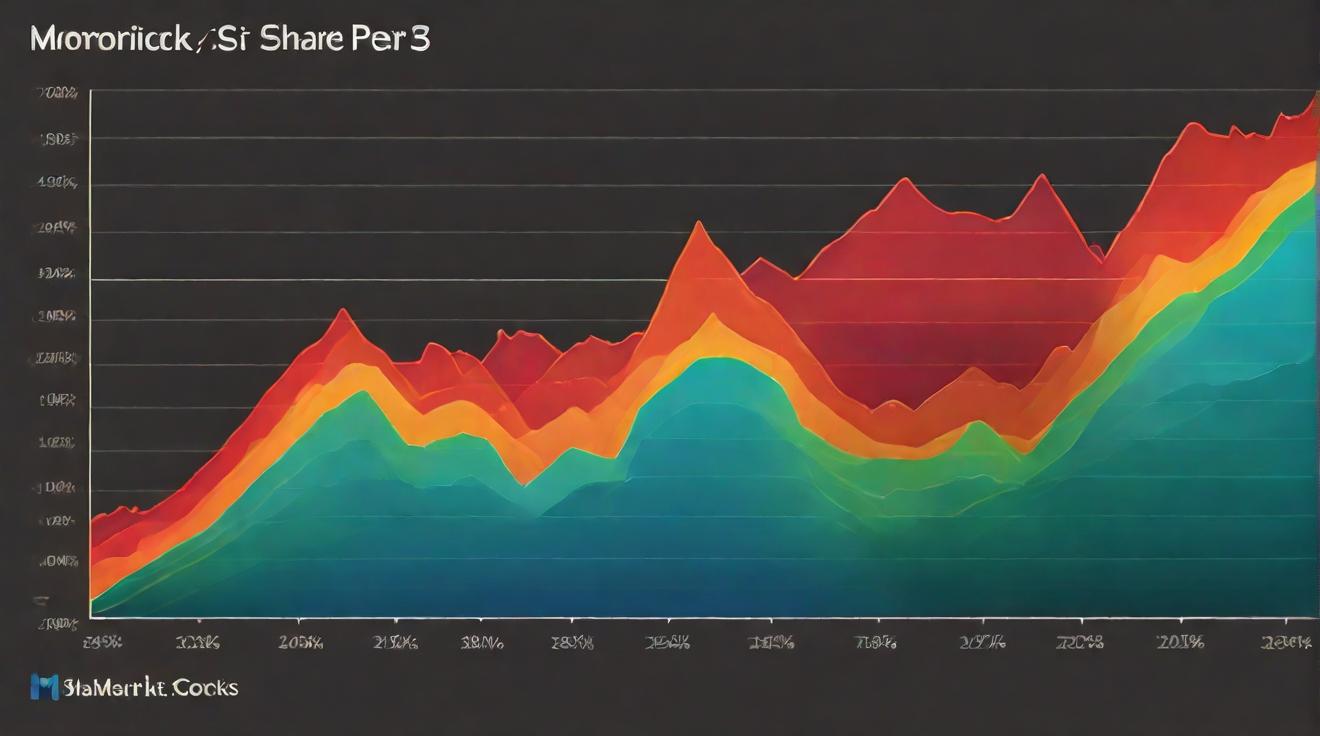Market Context and Economic Signals
As the S&P 500 continues to climb to new record levels in 2025, investor focus remains on the Federal Reserve’s next moves. Friday’s weak nonfarm payrolls report has intensified speculation about an upcoming rate cut, typically favorable for stocks. However, the softening labor market also signals potential broader economic challenges ahead.
Global equity markets are at all-time highs, and the number of millionaire 401(k) and IRA accounts has surged. Fund flows into equity ETFs are increasing, and investor sentiment is warming, which may indicate growing overconfidence. Strategas Securities’ technical strategist Todd Sohn notes that while September has experienced some volatility, the more significant market correction, if any, could materialize later in the fourth quarter. He emphasizes that no substantial risk signals are currently present.
Fed Policy Outlook and Market Pricing
Federal Reserve Chair Jerome Powell has hinted at a possible rate cut, aligning with market expectations. Yet, Allspring Global Investments’ senior portfolio manager Bryant VanCronkhite warns that the market may be overestimating the likelihood of a cut given persistent inflationary pressures, with core CPI at 3.1% as of July—above the Fed’s 2% target. Uncertainties surrounding tariff impacts further complicate the Fed’s decision-making, suggesting a cautious approach to policy adjustments.
Portfolio Concentration Risks in Tech
Mega-cap technology stocks now represent nearly 40% of the S&P 500’s market capitalization, with the tech sector accounting for approximately 31%. Nvidia, the largest tech stock, has seen notable recent declines, marking its worst weekly performance since April. Sohn advises investors to reassess exposure to tech-heavy index funds, particularly if they hold multiple funds with overlapping growth and large-cap tech bets. Such concentration could amplify losses if market dynamics shift.
Opportunities in Value and Defensive Sectors
Both Sohn and VanCronkhite suggest that investors prepare for a potential market rotation favoring value stocks and defensives in 2026. These sectors have lagged behind the recent tech-driven rally and remain undervalued, offering opportunities for portfolio diversification. Sohn recommends modest reallocation from recent winners like technology and financials toward these neglected sectors.
Health Care and Other Defensive Plays
Health care, industrials, and materials sectors are highlighted as attractive options. Health care, in particular, has experienced significant outflows and underperformance relative to the S&P 500, reaching historically low relative valuations. VanCronkhite describes the sector as largely overlooked, despite cyclical and political challenges.
While Sohn acknowledges that a sustained rally in health care would likely require broader market weakness, he views it as a prudent hedge given its current undervaluation and lack of investor interest. Other areas such as transports and small-cap stocks also present relative value opportunities.
Conclusion
With economic uncertainty and the potential for changing Federal Reserve policies, investors are encouraged to evaluate their portfolio concentration, particularly in mega-cap tech stocks, and consider incremental shifts toward value and defensive sectors. These adjustments aim to preserve gains achieved in 2025 and mitigate risks from possible market volatility in the coming months.
For a detailed discussion of these strategies and evolving Fed policies, investors can refer to the full “ETF Edge” episode featuring insights from Todd Sohn and Bryant VanCronkhite.













